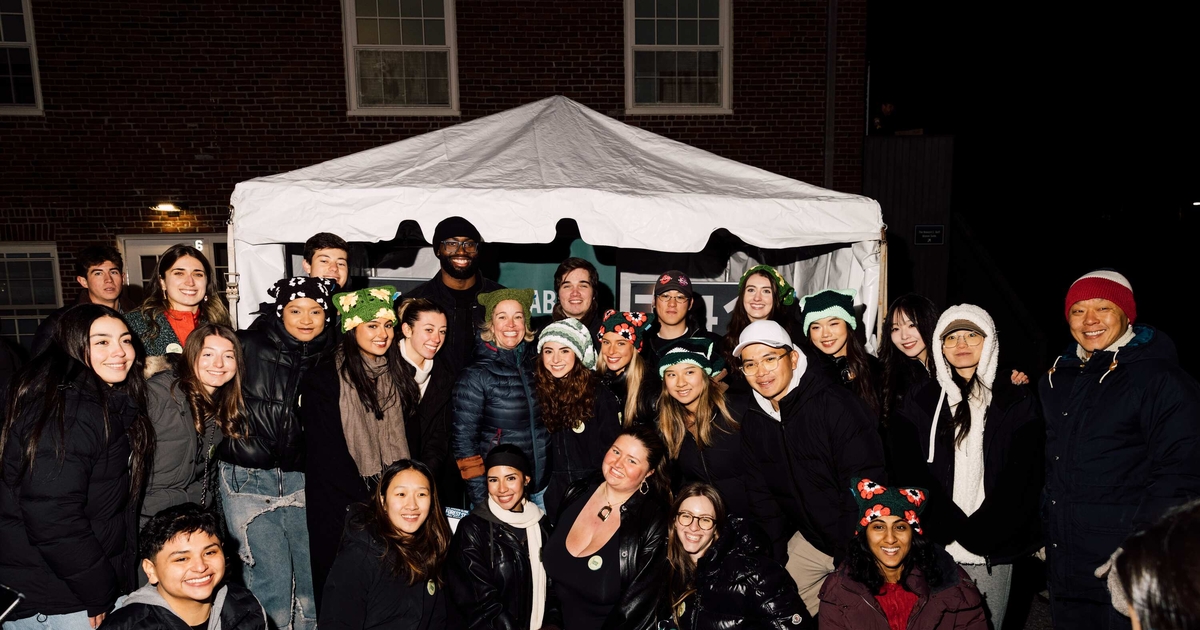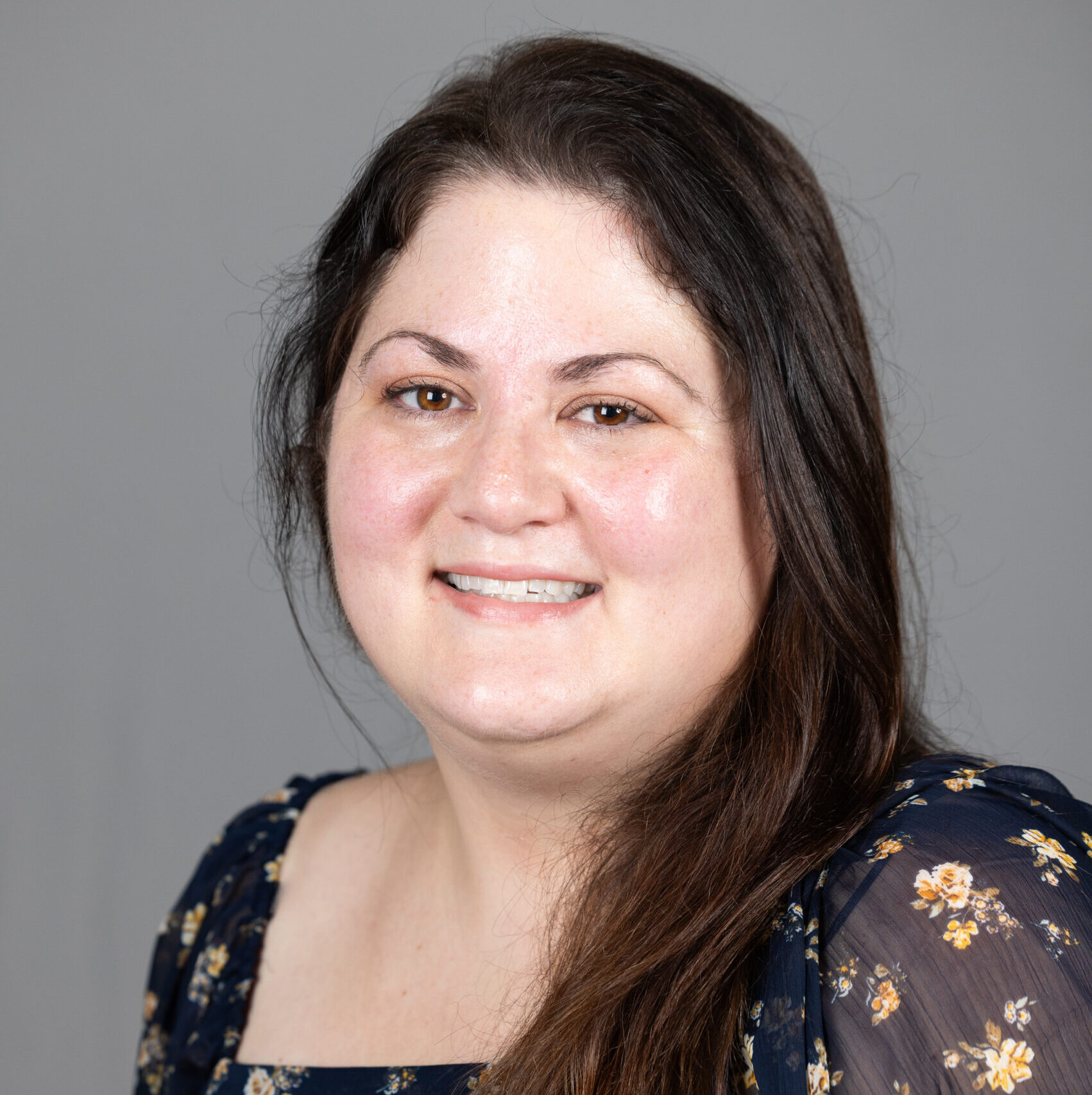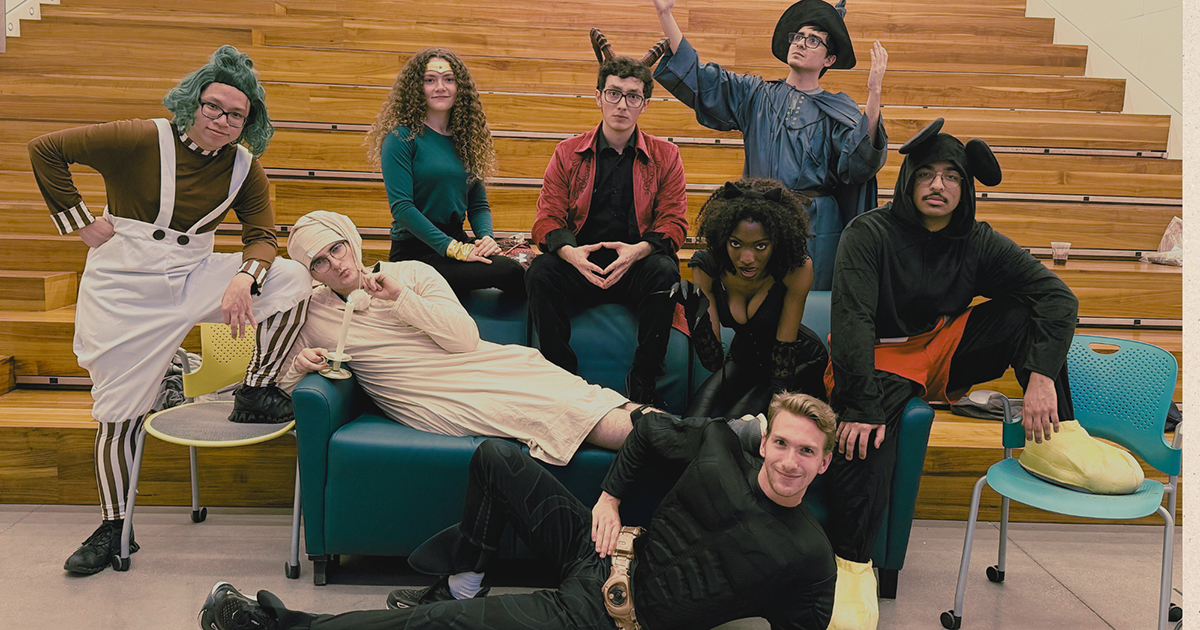Can the Collaborative Economy Fix Climate Change?

In the not so distant past, people needing a car had just two options. They could either buy an entire car (a purchase that accounts for 17 percent of the typical American budget) or they could rent one in 24-hour bundles. Both cases were mismatched between the driver’s needs—for example commuting, or hauling a large item—and how the car is used during the other 95 percent of the day.
Robin Chase co-founded Zipcar 15 years ago with the belief in the power of that other 95 percent. “I knew that by not forcing people to buy more car than they wanted, we could leverage the excess capacity embedded in the traditional car system.”
Chase steered Zipcar to rapid growth, expanding across North America and Europe and paved the way for car-sharing platforms such as BlaBlaCar, Lyft, and Uber. Collectively, car-sharing programs average 49 members to every vehicle and are responsible for taking about 15 personal cars off the road.
Other players in the collaborative economy have seen similar success. It took Airbnb just four years to surpass the 96-year-old Hilton Hotel brand in terms of both number of rooms and international reach, and the numbers aren’t even close—Airbnb is available in 190 countries, compared to Hilton’s 93.
Why Is This Happening?
Chase has the answer—and thinks we’ve only seen the tip of the iceberg.
“Companies and industries have been good at managing many small parts and minimizing transaction costs,” she says, “but thanks to the Internet, individuals can now do that, too.” She sees the interplay between companies and individuals as incredibly complimentary.
“There’s an organizational structure that’s popping up in every industry, that I call Peers Inc.,” says Chase, who has written a new book by the same name.
According to Chase, people (the peers) participate because a company (the Inc.) has made the platform simple and organized. Peers Inc. business models are so successful because they combine corporate scale and resources with individuals’ diversity and specialization. This approach runs on excess capacity, people, and platforms … and it is going to rescue human civilization.
That’s a high bar to set, but Chase sees no alternative. Technology and industry have made the world a better place in infinite ways. At the same time, major global challenges such as climate change and resource shortages demand solutions. How can the lessons learned from the sharing economy and the power of Peers Inc. rise to the challenge?
The period from 1983–2012 was the warmest 30-year period the planet has seen in the last 1,400 years, and the World Bank predicts that even if every nation follows through on their environmental promises, the world will experience 7° F/4° C average global warming by 2100. This is an exponential problem, and a gaping opportunity for entrepreneurial action.
How can a Peers Inc. approach turn the tide? Here are three examples:
1. Leverage Excess Capacity
Tapping excess capacity is similar to being on a treasure hunt. It’s something that exists already so it doesn’t need to be built or developed, but it does need to be discovered.
In 2012, Hurricane Sandy cut a 1,000-mile swath across the East Coast, and inflicted more than $19 billion in losses on NYC alone, damaging hundreds of thousands of homes. Could the excess capacity hidden in metro New York be tapped to find temporary housing for the thousands of people whose homes were flooded and without power?
Of course the answer was yes—1,400 New York area Airbnb hosts offered up rooms for free to those who needed them. The company learned from the experience and introduced a disaster response initiative the following year, making easier for Airbnb hosts to shelter people in need when emergencies strike. It has provided housing for people escaping Colorado wildfires to Croatian flooding, and also serves as an effective way to house relief volunteers who assist with disaster recovery.
2. Build Platforms
“Platforms work because companies spend time and money turning something complex and expensive into something simple and inexpensive,” Chase says.
Consider Unilever. On any given day, 2 billion people use Unilever products to stay healthy and well. Increased water shortages, population growth, and agricultural availability are a prime concern for the company and a major focus in all areas of its business.
Unilever’s platform–FoundryIDEAS™–crowd sources input on major challenges such as delivering access to basic toilet sanitation for 100 million people by 2020. It’s also home to Unilever Ventures which works closely with the Foundry to provide innovators access to growth financing and mentoring.
3. Power To The People
In terms of sheer numbers, people are at the heart of the Peers Inc. movement. According to Chase, “many smart people worldwide are always going to be smarter than a few smart people within a company.”
Agricultural interests in Southeast Asia annually burn large areas of forest and scrubland. The haze from these fires can be extreme—it caused respiratory illnesses in 50,000 people in Sumatra, Indonesia, and temporarily shut down commercial activity in Singapore, causing billions of dollars in losses.
Stopping this deforestation required manpower and a user-friendly platform. An NGO called Global Forest Watch used satellite imagery from NASA and land use permit data from the UN to build a website that identified land-clearing zones and potentially responsible parties. Armed with that list, people took to Twitter and were able to escalate the problem. Thanks to the power of the peers and the platform, these companies faced real pressure, local governments investigated, anti-burning laws were enforced, and local watchdog groups were established.
Peers Inc. and the broader sharing economy aren’t perfect, but the opportunities and benefits outweigh the problems. As Chase says, “Peers Inc. can defy the laws of physics and help the needles fly out of the haystack. This is right now. This is reality. There is no time for inaction.”
Posted in Insights







